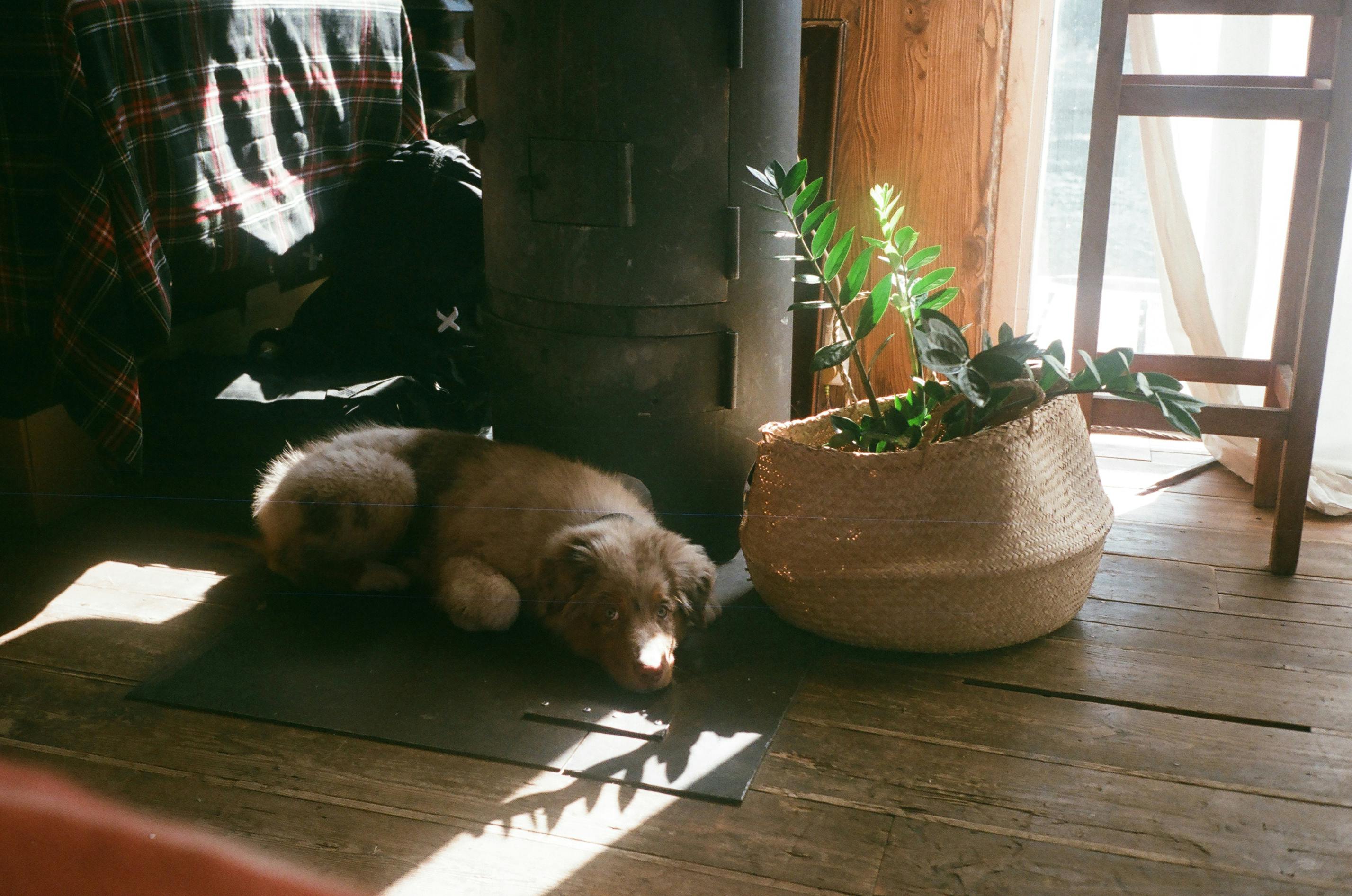
Fudge and the tourists go together
Name a popular tourist town and there are bound to be sweet shops on the waterfront or along the main street. Fudge and the tourists naturally go together.
Michigan’s Mackinac Island alone has 16 candy stores selling 10,000 pounds of candy each week. All summer!
What the candy stores sell is “slab candy.” Slab fudge is typically made by cooking sugar, cream, and chocolate together in a copper pot at 234°F and then pouring the batter onto a 750-pound Vermont marble slab to cool and churn by hand.
Candy shops in tourist areas often set up their marble tables at the front of the shop where tourists wander to watch the cremation or kneading process with corresponding exclamation gasps.
One of the reasons candy stores thrive in tourist cities could be the traveler’s philosophy that “I’m on vacation, I can enjoy myself.” People seem to think they can forget about diets when they visit Mackinac Island, Branson, Gatlinburg, and Myrtle Beach.
There is also science to consider. It’s the tiny microcrystals in the fudge that give it its firm texture. The key to successful fudge (with perfect microcrystals) is chilling, not cooking.
The recipe calls for heating the ingredients to the proper temperature and then allowing them to cool undisturbed to about 110°F. When the fudge has cooled, begin stirring or creaming, and continue until the fudge it becomes thick and dense with a large number of tiny crystals, which make the caramel thick and smooth.
Because of this (and unlike regular chocolate candy), fudge can withstand extreme temperatures. So you can pack fudge in your suitcase, store it in a hot car trunk, shift it to a subzero airplane luggage compartment, back into a hot car trunk, and still give it to someone or eat it without changing the product a lot.
Fudge is also personal. Grandmas made fudge on the stove the old-fashioned way. It is a handmade product, not a manufactured product. Seeing how it’s made in stores is part of slowing down the holidays, remembering how things used to be.
And fudge is exotic. Most adults can only eat a limited amount of fudge, much less than they can eat, say, Dove chocolates. So it is special and we are willing to pay exorbitant prices to have some pieces.
Mackinac Island is so well known for its sweet manners that it rates a book called “Oh, Fudge.” Author Lee Edwards Benning writes that the candy stores there date back to the 1880s. When the city’s wealthiest people came to the island, they found the cool climate coupled with low humidity to be perfect for candy making.
In the 1960s, a man named Harry Ryba began making sweets, not in the back room, but in the front window, where tourists could see them. He then used fans to direct the scent out onto the street.
And the rest of the story can be found in stores from Big Bear Lake, California, to Atlantic City, New Jersey.